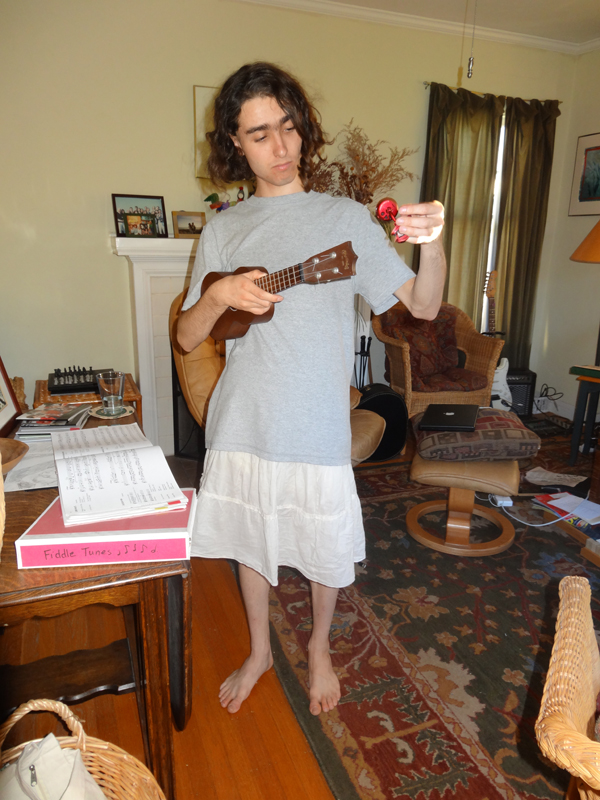have a lot of overlap. I think of identities, though, as a collection of translucent discs, floating in a viscous space, moving deliberately through the thickness of reality. Various identities line up or overlap -- mother sister daughter wife boss employee teacher student feminist Buddhist smartass observer -- for some space, then slide off.
These two, though, hang together. Both ask me to question whether the identities are inherent or assigned, whether the contrails of expected behaviors and beliefs are mine, arrived at through experience, or cultural, created by external entities.
Sometimes they align, when I look for the truth of who I am -- and discover that it is pure potential. The limits are not inherent. The limits are constructs.
Sometimes there's friction, like when Buddhism says
nuns have more rules than monks
the most senior nun comes behind the most junior monk
the best a woman practitioner can hope for is to be reborn as a man -- who then can hope to achieve enlightenment
men's stories are preserved and taught
men's perspective is the authoritative view
men's voices are louder and dominate the discussion.
The Buddha taught that the path to liberation involves giving up your limited, constricted view of a singular, solid, and permanent self. But to ignore the interaction of identities, the friction that results when truths rub against one another is to invoke ignorance, to bypass the places where dissonant voices cry to be heard, to pretend that the charnal grounds of our past don't matter.
It is said that Robert Johnson sold his soul to the devil at the crossroads, receiving in exchange his fierce ability to articulate the blues.
Here at the intersection of Buddhism and feminism, we can reclaim our pure potential, look at what limits us, and move on down the path to liberation.
If women approach the understanding of Dharma differently and forge new approaches to practice, this may be a strength. ... Given equal education and opportunity, it is likely that women will contribute fresh insights, including practical ways of integrating Dharma in daily life, for example, the ethical development of children, healthy approaches to caregiving, and compassionate means of social service. Women can help expand the concept of intensive practice beyond the monastic limits imposed by certain traditions, providing greater affirmation of lay practice. Women may put their communications skills to work, developing new, more accessible ways of expressing the Dharma. They may put their organizational skills to work, developing more egalitarian structures for Buddhist and other institutions.
--Ven. Karma Lekshe Tsomo









